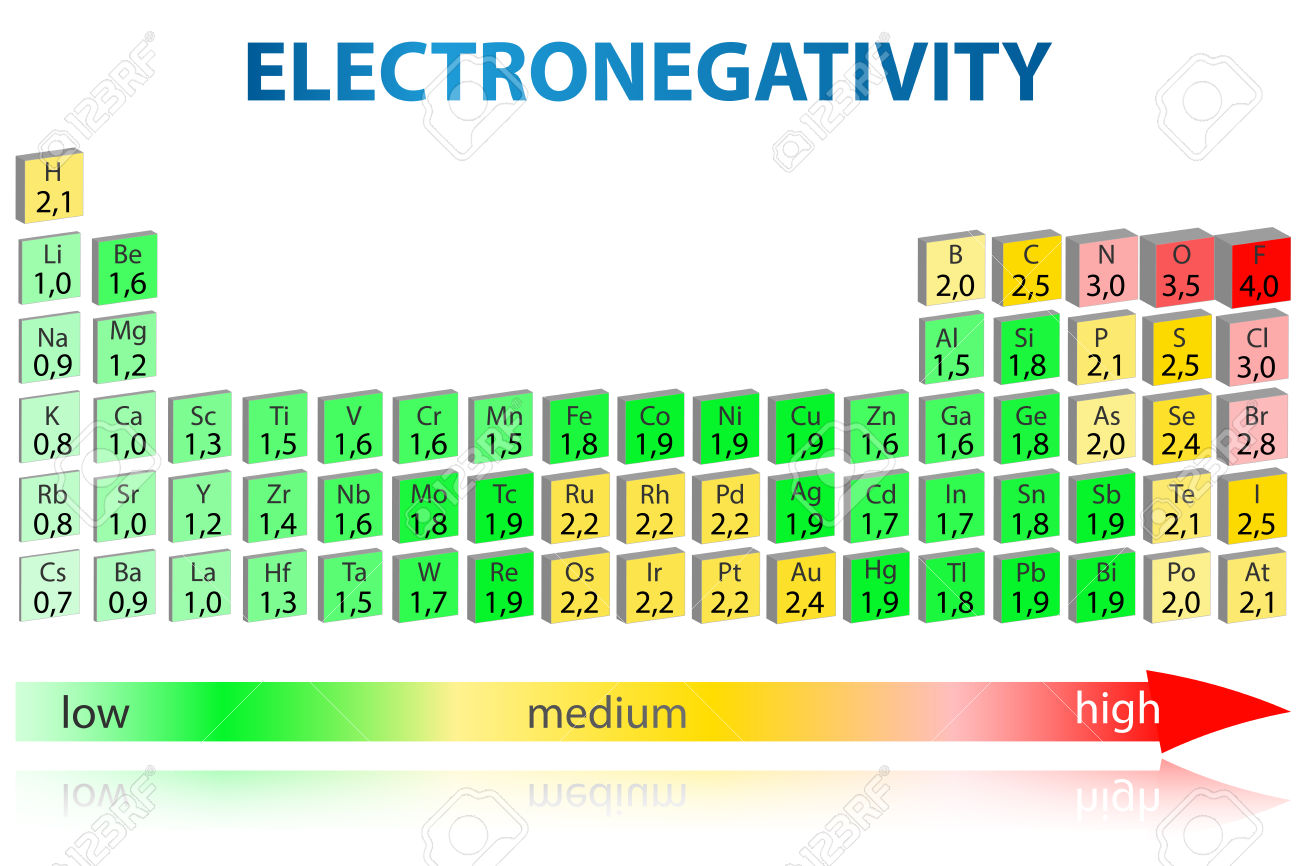Which group of elements is listed in order of increasing electronegativity? a) F, Cl, Ge, Sn b) Rb, Ca, Sc, Cs c) Zr, V, Nb, Ta d) Sn, As, P, S e) Li, Na, K, F
1 Answer
I would say d) Sn, As, P, S.
This problem makes use of the periodic trends in electronegativity, which can be described like this

As you move up a group, electronegativity increases; likewise, electronegativity increases when moving from left to right across a period.
Option a) is eliminated from the start, since fluorine is actually the most electronegative element in the periodic table.
Option b) starts off well, with rubidium (EN = 0.82), calcium (1.00) and scandium (1.36), but then ends with cesium (0.79), which is the least electronegative of the group.
Likewise, option c) starts off well, with zirconium (1.33), vanadium (1.63), and niobium (1.6), but ends on tantalum (1.5), which has a lower EN value than niobium.
Option d) is correct, since it progresses through tin (1.96), arsenic (2.18), phosphorus (2.19), and sulfur (2.58).
Option e) ends on the right element, fluorine (4.0), but starts off in order of decreasing EN values - lithium (0.98), sodium (0.93), and potassium (0.82).
So, if EN values are not available to you, use the aforementioned trends, but keep an eye out for transition metals, since a lot of them do not follow these trends exactly.

